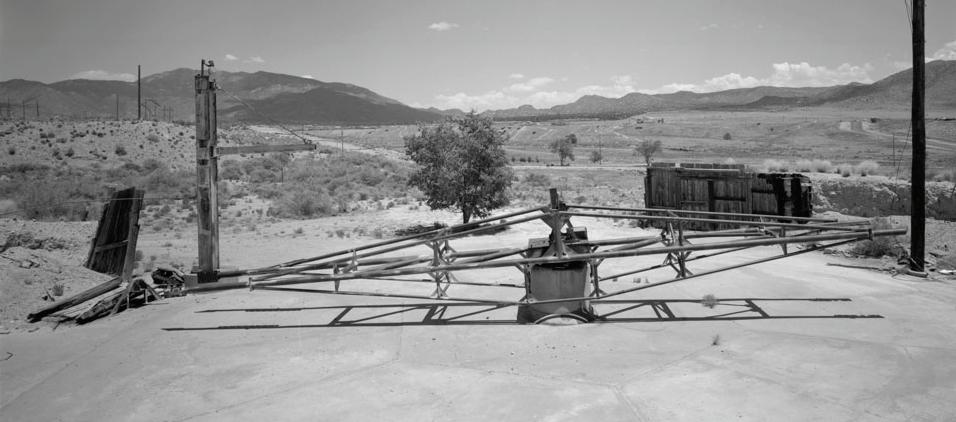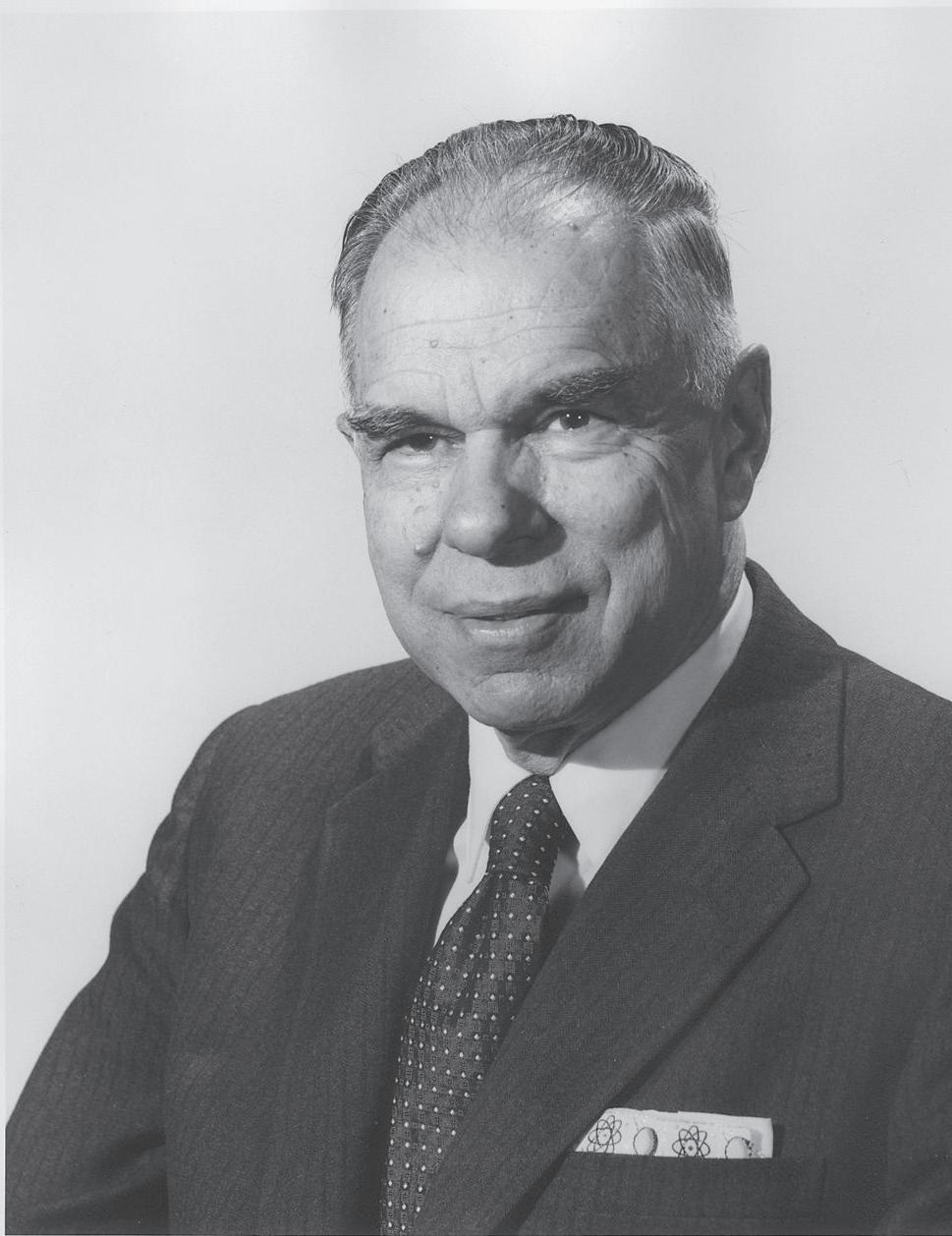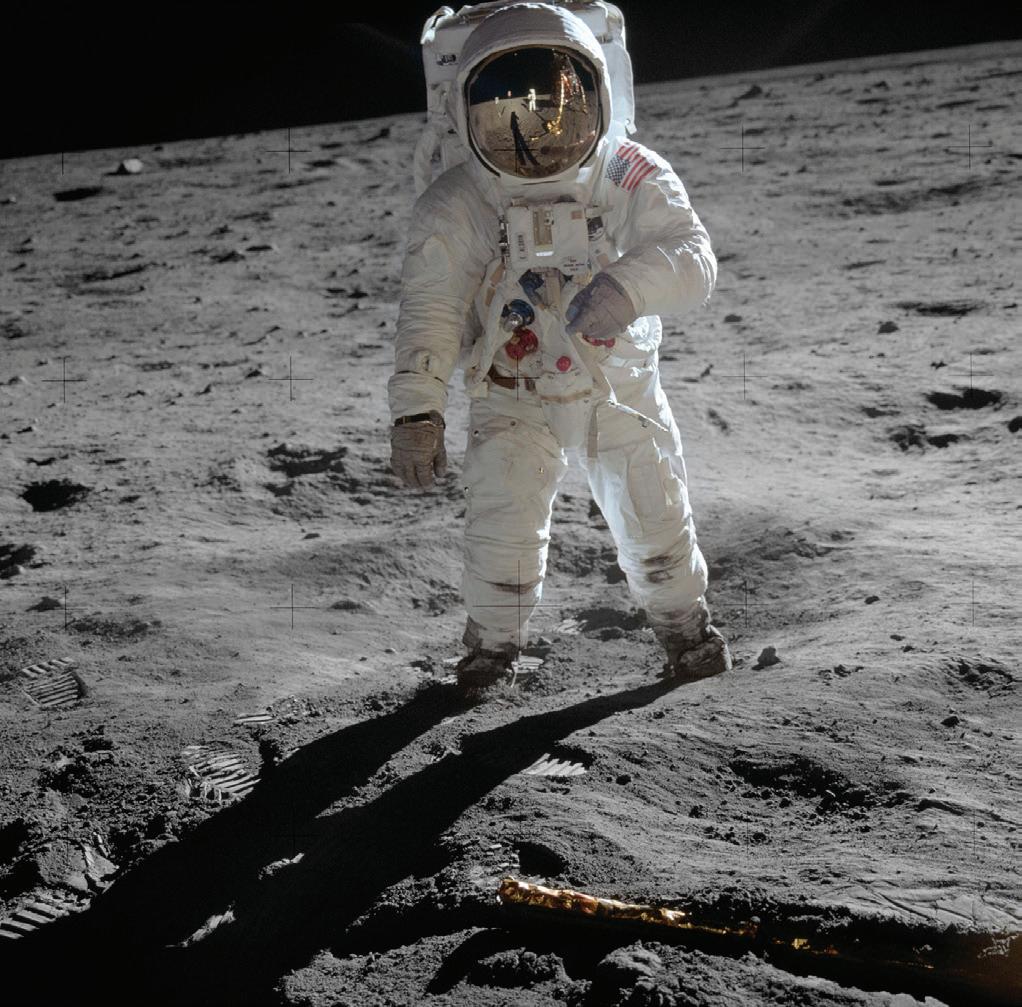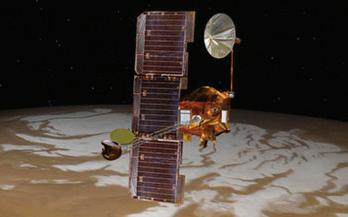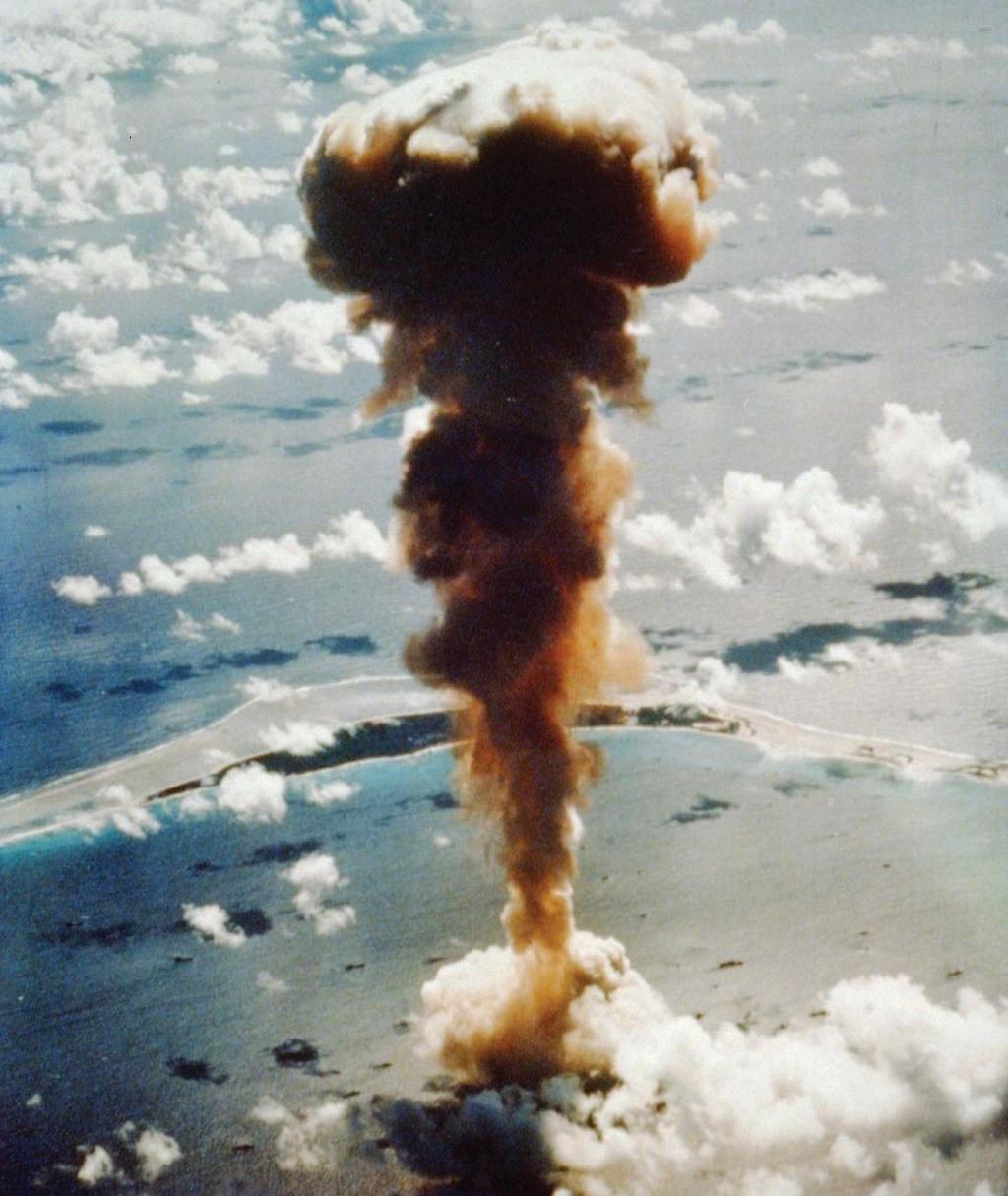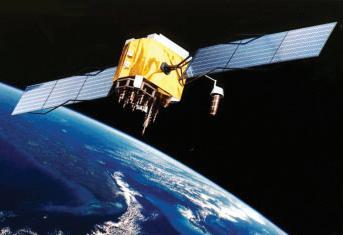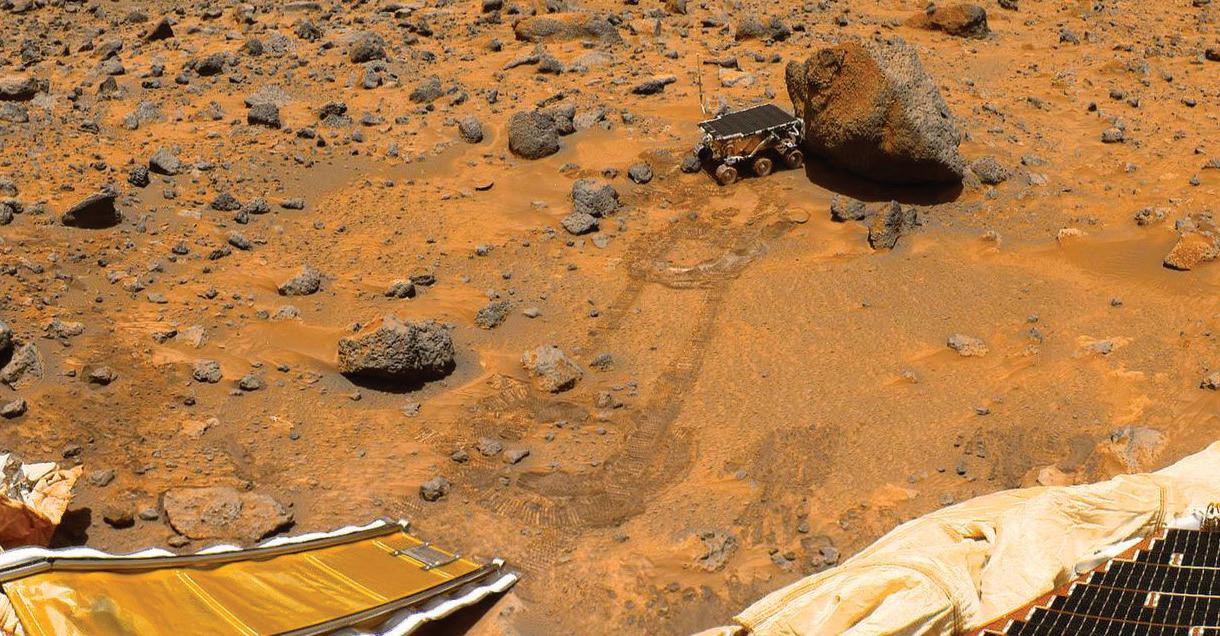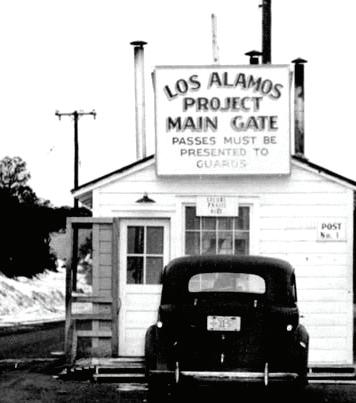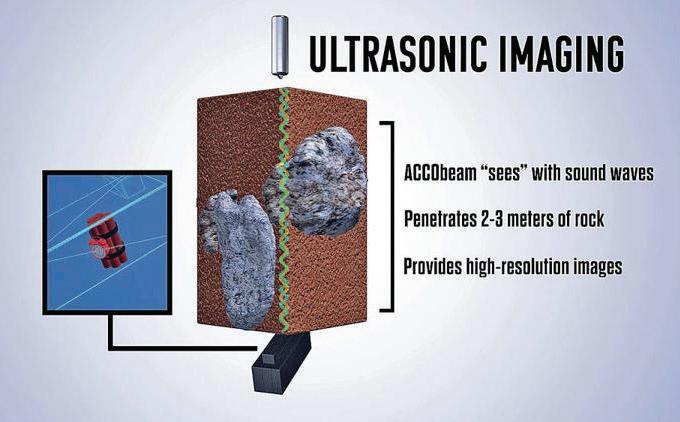
2 minute read
1950s
4
Radiotherapy Rocket Powered Centrifuge Atomic Energy Act
Advertisement
1950s
Manhattan Project: America’s Groundwork for Innovation in
MEDICINE SECURITY COMPUTING SPACE INDUSTRY
Explorer 1
On January 31, 1958, the United States successfully launched its first satellite, Explorer I. This satellite carried a small payload of scientific instruments that eventually documented the magnetic radiation belts around the Earth, named after principal NASA investigator James Van Allen. Explorer I transmitted data for about four months until its batteries died on May 21, 1958. It remained in orbit for 12 years, circling 58,376 times around Earth, before burning up upon reentry into the atmosphere on March 31, 1970.
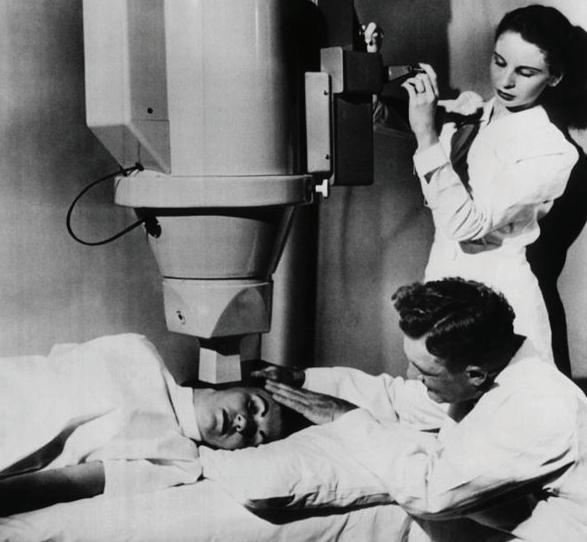
Radiotherapy
The invention of the nuclear reactor in the Manhattan Project during World War II made possible the production of artificial radioisotopes for radiotherapy. Teletherapy machines using megavolt gamma rays emitted by cobalt-60 revolutionized the field of cancer treatment between the 1950s and the early 1980s. Cobalt machines were relatively cheap, robust, and simple to use, although due to its 5.27 year half-life, the cobalt source had to be replaced about every 5 years.
Rover Rocket International Atomic Energy Agency Explorer 1
Ivy Mike
The first fusion bomb was tested by the United States in Operation Ivy on November 1, 1952, in the Marshall Islands. Code named Mike, this test was considerably more powerful than all the high explosives used in two World Wars collectively with a yield of 10.4 megatons.

Rocket-powered centrifuge
The first of Sandia’s large environmental test facilities, the Old Centrifuge, was built in 1952 to test the Mk7 Honest John warhead by replicating the environment a component, device, or system is likely to encounter during its working life. The centrifuge simulated high g-force acceleration to replicate the stress encountered by a warhead accelerating towards its target. Glenn Theodore Seaborg was an American chemist whose involvement in the synthesis, discovery and investigation of ten transuranium elements – including plutonium – earned him a share of the 1951 Nobel Prize in Chemistry. His work in this area also led to his development of the actinide concept and the arrangement of the actinide series in the periodic table of the elements.
